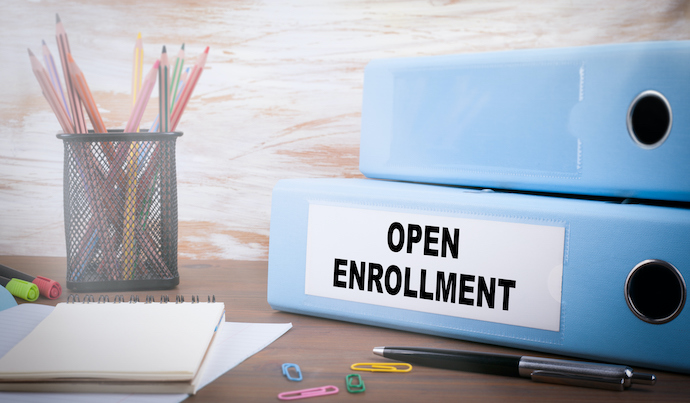Patient Navigators Call For Funding To Promote Marketplace Care Access
After marketplace cuts under the Trump administration, patient navigators are asking for funding to promote care access during a COVID-19 enrollment period.

Source: Getty Images
- Patient navigators in charge of helping consumers on the Affordable Care Act (ACA) marketplaces have a number of recommendations for successful enrollment periods during the pandemic and beyond, according to a recent brief from the Kaiser Family Foundation (KFF).
As a COVID-19 special enrollment period comes to fruition under the Biden Administration, federal patient navigators called for federal funding to improve access to care through consumer assistance, community based outreach, and targeted marketing strategies.
A 2020 KFF survey found that 51 percent of Americans encountered difficulties securing health insurance during the 2020 open enrollment period. Additionally, around five million consumers sought in-person help but were unable to get it.
This does not come as a surprise after the Trump Administration’s significant cuts to marketplace enrollment support, leading to over $1 billion in unspent federal marketplace revenue, KFF experts said.
Federal navigators indicated that to provide consumer assistance during the new open enrollment period, they will need additional resources. Funding to federal marketplace navigators for this year ($10 million) makes up less than 10 percent of the amount the Obama Administration invested in enrollment assistance during the first open enrollment period ($108 million).
While a few federal navigator services have been able to find supplemental funding resources from their states or foundations, many have been forced to reduce capacity, and others were eliminated altogether under the Trump Administration.
Currently, there are no navigator services offered in two federal marketplace states (South Carolina and Utah) and in most of the counties of six more states (Texas, Michigan, Ohio, Illinois, Kansas and Nebraska).
Additionally, the quality of assistance provided by the federal marketplace call center and website is of concern for federal navigators. In a KFF survey from 2015, most marketplace assisters reported that help from the call center was rarely or only sometimes effective.
The Trump Administration changed the federal marketplace’s online “Find Local Help” to steer consumers to brokers instead of marketplace assisters. Navigator programs are listed among other programs that the marketplace does not fund, leading to confusion for consumers.
Navigators also called for the COVID-19 special enrollment period to extend for longer than the six-week federal open enrollment period that just concluded. This could allow for time to follow up with those who experienced difficulties during the regular open enrollment and to sign up new consumers.
Navigators also stressed the need to invest substantially in marketing for a special COVID-19 enrollment period. A KFF poll for December 2020 found that less than one in five respondents were aware of the then-upcoming deadline to sign up for 2021 coverage through the marketplace. Therefore, even more publicity will be necessary to inform consumers of a special enrollment opportunity.
Navigators noted the importance of community-based outreach strategies to reach target consumers, including non-citizens and those who do not speak English or have been uninsured for longer periods of time.
The 2020 KFF survey found that 71 percent of uninsured individuals did not try to find coverage for 2020 due to perceived high cost and lack of awareness about subsidies. Those who are non-citizens may also fear how subsidies could affect their immigration status. Outreach from trusted community-based organizations could help these consumers obtain coverage, patient navigators explained.
Federal navigators advised against calling the reopening of marketplace enrollment a “COVID-19 special enrollment period (SEP),” as the term can be confusing to some consumers who may not realize they qualify for this “special” opportunity. Instead, the navigators recommended that the reopening of the marketplace be called a “new open enrollment period.”
Additionally, state based marketplace (SBM) navigators called for federal marketing to be carried out in collaboration with SBMs, as their guidelines for COVID-19 enrollment periods may differ from those on the federal marketplace.
Navigators also reported a need for streamlined eligibility processes between the marketplace and Medicaid. While most SBM states have integrated websites to determine eligibility, FFM states follow a variety of different eligibility processes that can lead to delays in care access.
Lastly, navigators noted that some consumers who signed up during open enrollment are already experiencing post-enrollment problems. Most post-enrollment assistance comes from consumer assistance programs (CAPs), established under the ACA.
However, CAP programs have received no federal funding since 2012 as Congress has not provided further appropriations. Navigators explained that funding for CAPs is key for making sure coverage is fully utilized.
